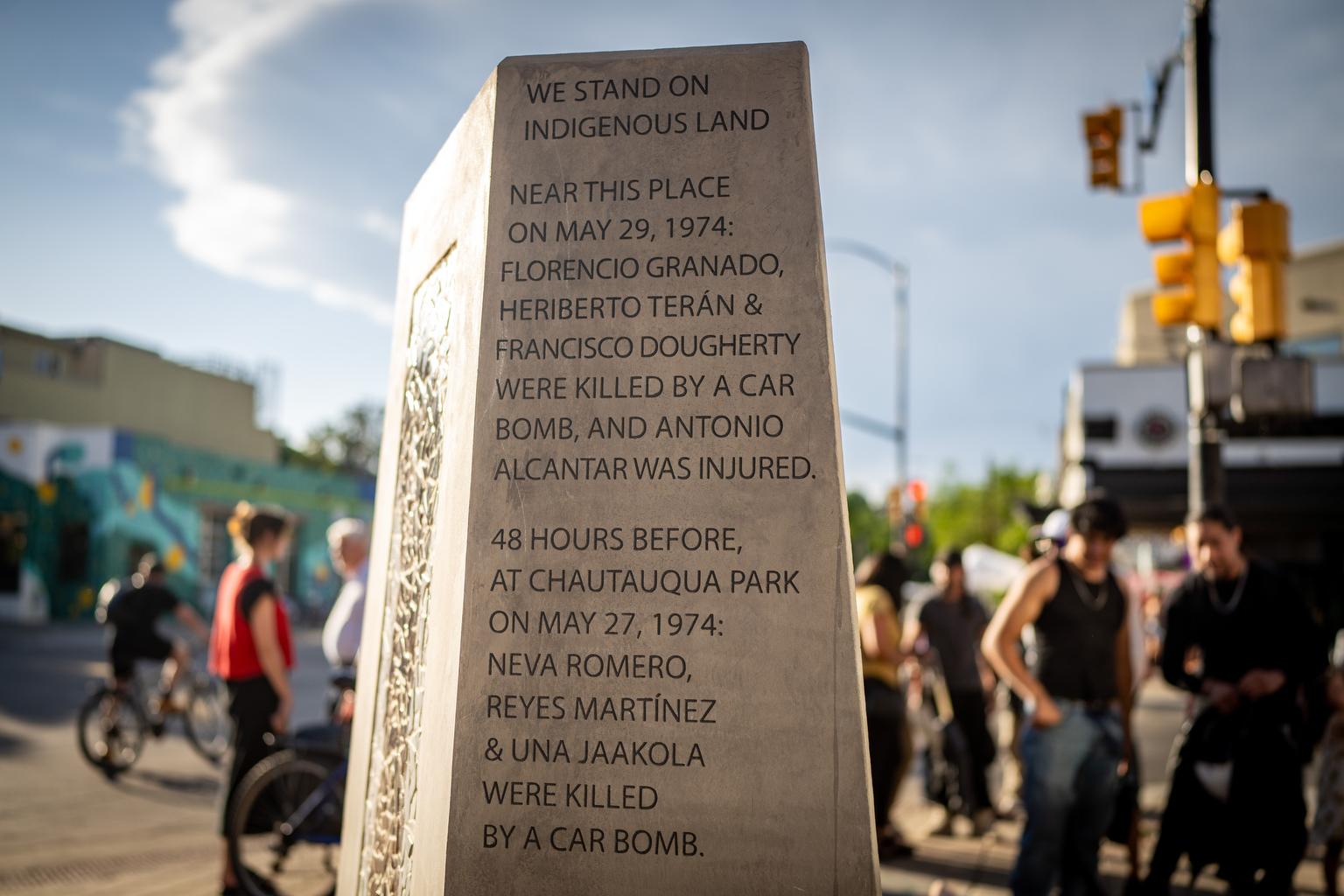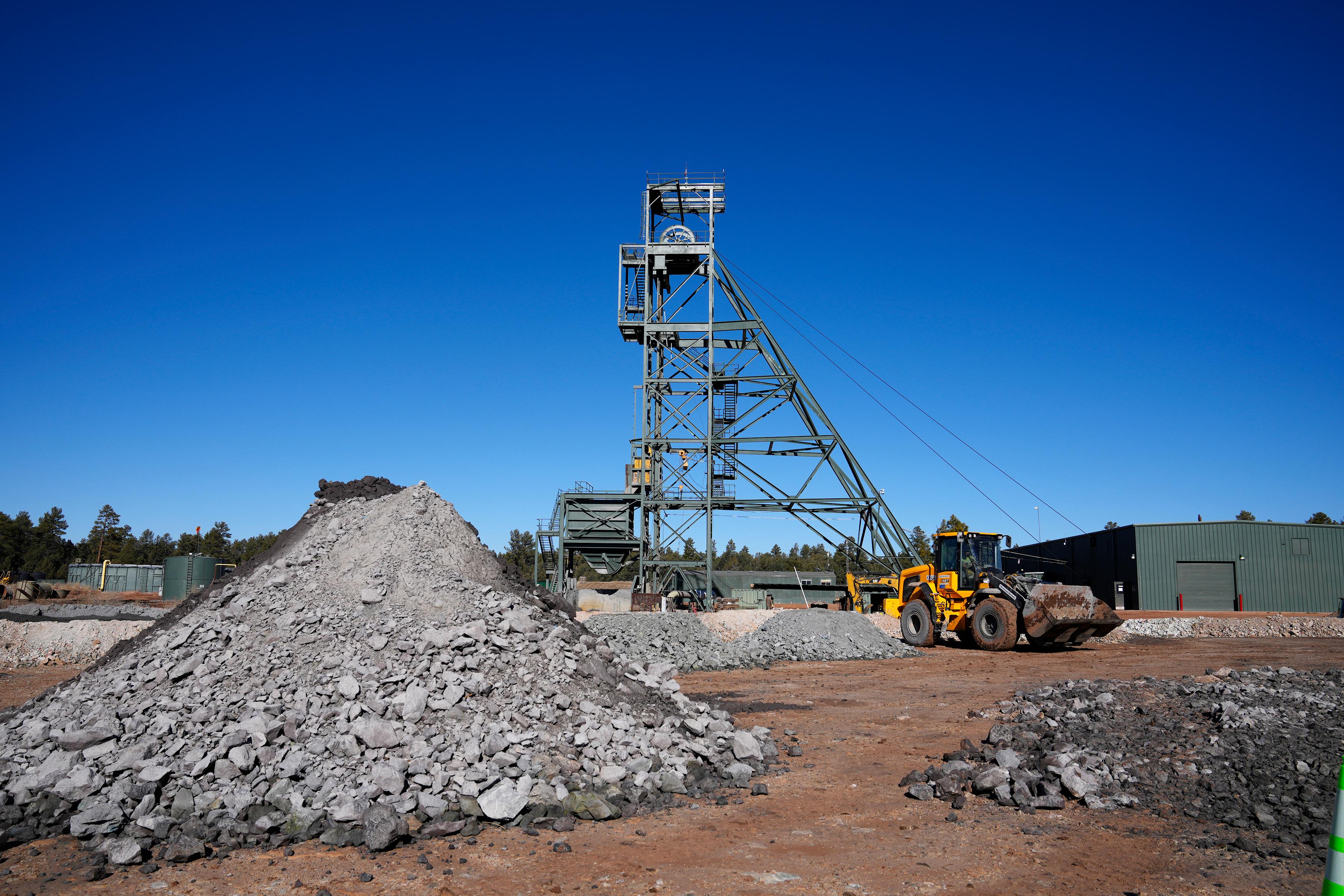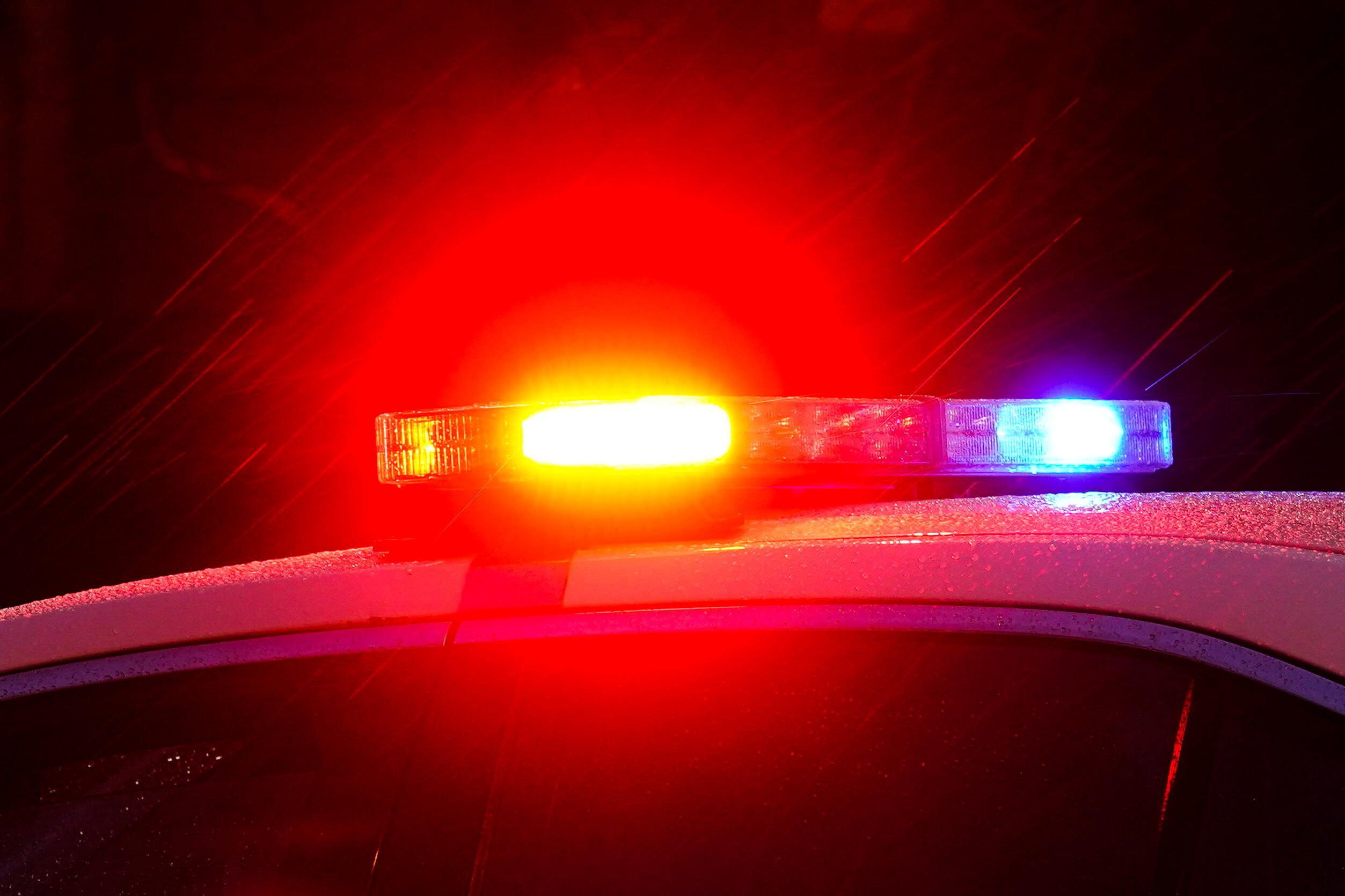
As the 50th Anniversary of the explosions that killed Los Seis de Boulder approached and Boulder planned a new memorial for the students, CPR News set out to understand and tell the full story behind the student protests and the series of bombings across the state that took place in the early 1970s.
To begin, a reporter searched the historical record, including newspaper clips from the time period. Using the Federal Freedom of Information Act, CPR News acquired the original investigative file from the Federal Bureau of Investigation examining the six deaths.
A second file from the federal Bureau of Alcohol, Tobacco and Firearms had been destroyed as part of routine archives management by the federal government, but CPR News located a copy that had recently been donated to the University of Colorado archives.
CPR News also requested files from the CU president’s office from the time period. We found archived correspondence relating to Los Seis and the Chicano movement on campus, including indications that CU Police were closely monitoring some Mexican-American students active in the Chicano movement, to the point of closely watching meetings and rallies taking place in public spaces and reporting on what they heard to university officials.
In all, nearly 1,000 pages were reviewed, some of them duplicate accounts of events shared across agency files.
A reporter and editor attempted to locate witnesses interviewed by Boulder police and agents of the FBI and ATF who conducted investigations. But given the 50-year gap between the events and today, many of those who could be found had died.
Contemporary sources were sought at universities and in CU’s archives department. A former Boulder police officer who worked the cases, now in his 80s, was located and agreed to an interview.
Other activists from that time who are still living declined to participate in on-the-record interviews after learning that CPR News had interviewed a retired CU police officer and would recount portions of the findings from the federal investigations in our reporting.
Additional voices from the period were found through a History Colorado podcast looking back at the deaths of Los Seis. Other voices, some from those who have since died, came from a documentary, “Symbols of Resistance.”








